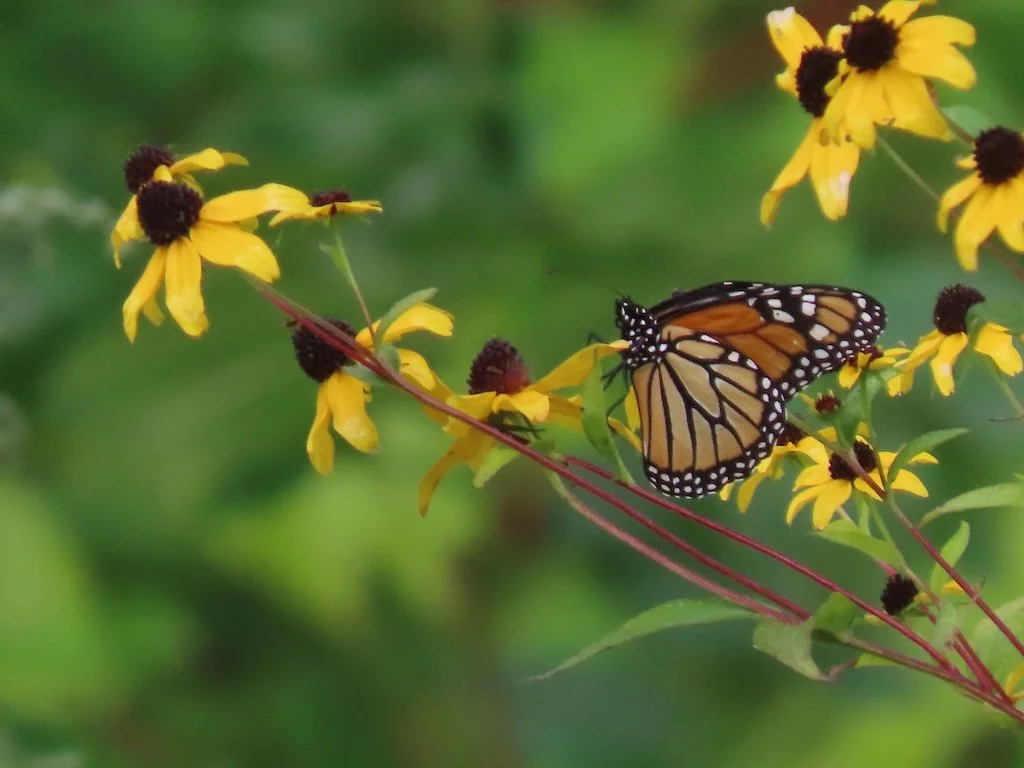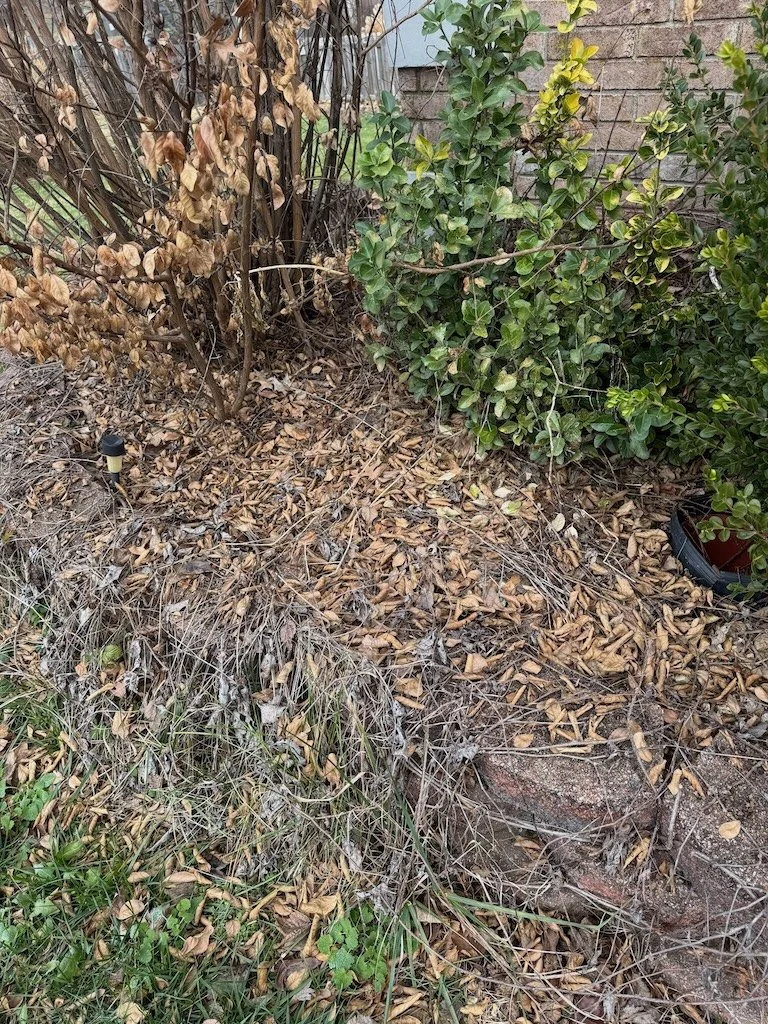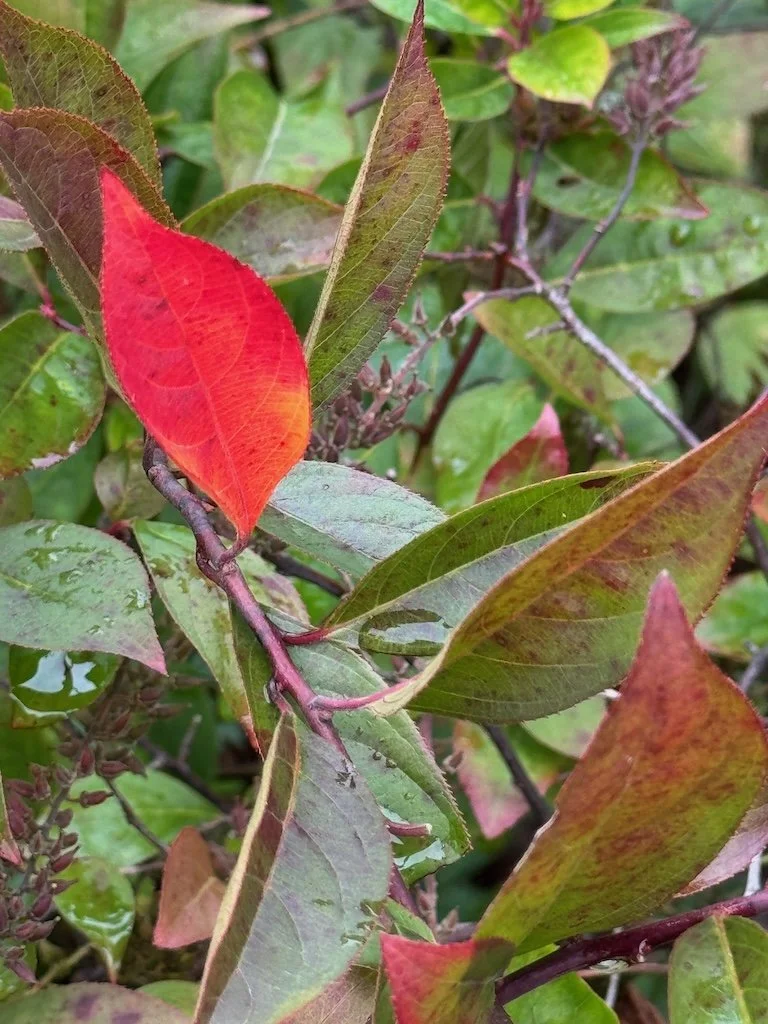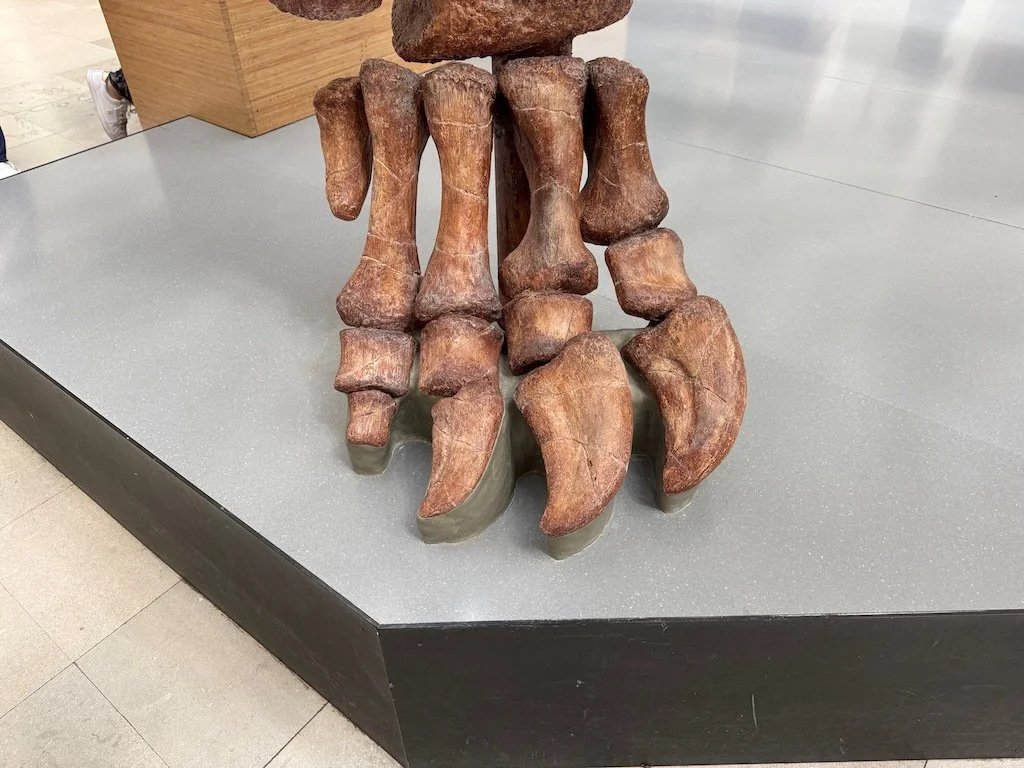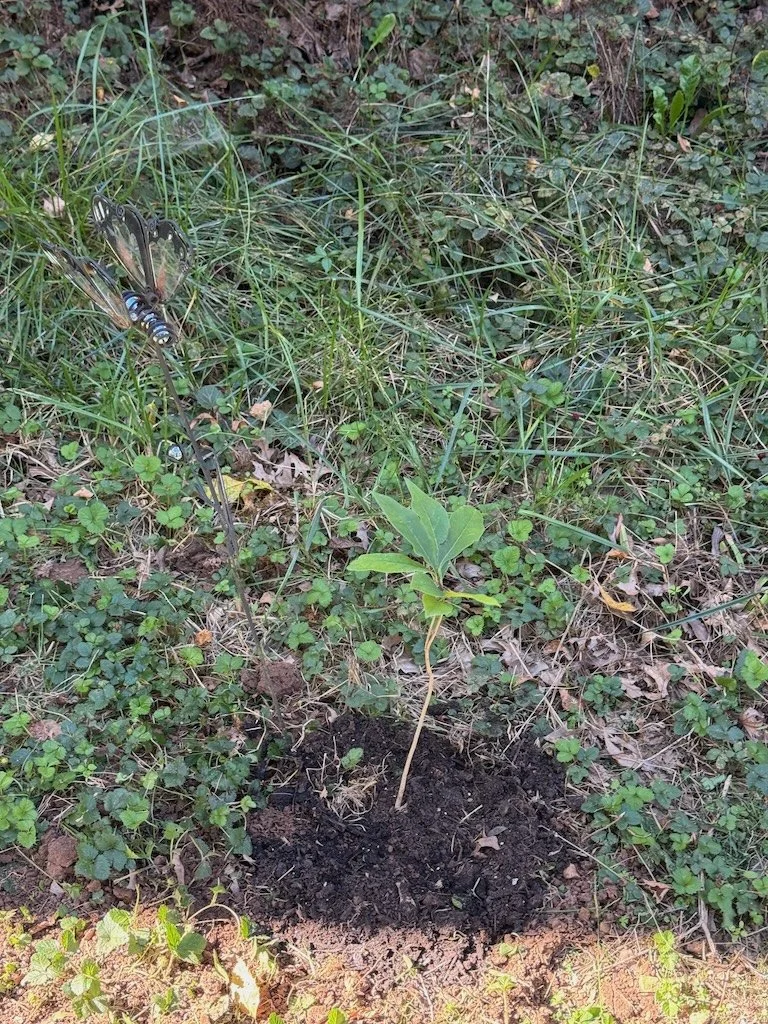Happy New Year 2026
/A new year – and the annual thoughts about beginnings – where do I go from here. I am trying to sustain my lifelong optimism, but it is hard with the continuing world turmoil particularly at the Federal level in the US. It is frustrating that our response to the biggest challenges of our time (climate change, plastic pollution) seems to be lost in the chaos, perhaps more in the US that elsewhere in the world.
Sunrise is also a symbolic beginning of more than just the day. This time of year, it is very easy to be up in time to see it…and take a few moments to savor the beauty of it and the natural world….making an effort to imagine a positive path of the future of human endeavors and our home planet.









































